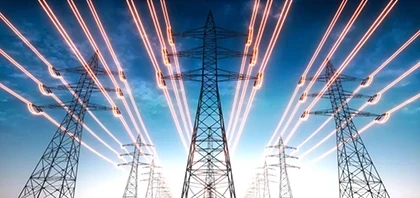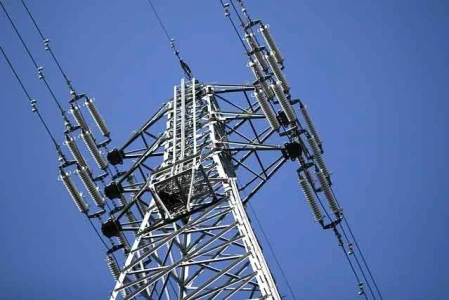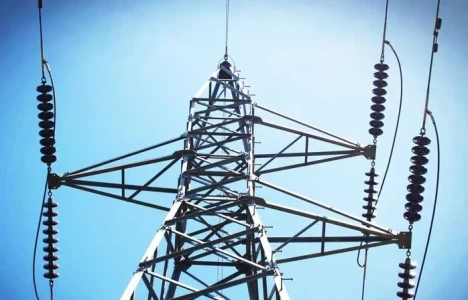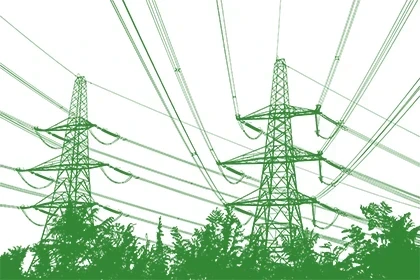Is a 100% Made-in-the-USA Solar Supply Chain Impossible?

As the solar energy sector continues to expand rapidly, the conversation around domestic manufacturing capabilities has gained urgency. With ongoing supply chain disruptions and geopolitical tensions affecting global trade, the idea of establishing a fully domestic solar supply chain in the United States is becoming increasingly pertinent. However, industry experts are grappling with the feasibility of achieving a 100% made-in-the-USA solar supply chain.
The Current Landscape of Solar Manufacturing
The U.S. solar industry has seen remarkable growth over the past decade, driven by technological advancements, policy support, and a growing recognition of the importance of renewable energy in combating climate change. However, the supply chain for solar products has traditionally been reliant on imports, particularly from countries like China, which dominates the manufacturing of solar panels and related components.
In recent years, supply chain vulnerabilities have been exposed by various challenges, including tariffs, trade disputes, and the COVID-19 pandemic. These issues have prompted calls for greater self-sufficiency in the solar supply chain. The Biden administration has made efforts to bolster domestic manufacturing, implementing initiatives aimed at reducing reliance on foreign sources and fostering local production of solar components.
Challenges to Achieving a 100% Domestic Supply Chain
While the desire for a fully domestic solar supply chain is commendable, there are several challenges that make it difficult to achieve:
-
Cost Competitiveness: One of the most significant barriers is the cost. Manufacturing solar components in the U.S. can be more expensive than producing them overseas, primarily due to higher labor costs and regulatory expenses. Without significant financial incentives, U.S. manufacturers may struggle to compete with cheaper imports, making it difficult to establish a fully domestic supply chain.
-
Infrastructure and Investment: The U.S. currently lacks the infrastructure necessary for large-scale manufacturing of all solar components. Building this infrastructure requires substantial investment, both from the government and private sector. While recent legislation has aimed to provide funding for domestic manufacturing, the pace of development may not keep up with the rapidly growing demand for solar energy.
-
Skilled Workforce: A robust domestic supply chain requires a skilled workforce trained in advanced manufacturing techniques. While the U.S. has a strong pool of engineering talent, there is a need for more specialized training programs that focus on solar technology and manufacturing. Bridging this skills gap will be essential for any efforts to ramp up domestic production.
-
Supply Chain Complexity: The solar supply chain is complex, involving various components such as photovoltaic cells, inverters, and mounting systems. Achieving 100% domestic production would require establishing a network of suppliers for all these components, which may be logistically challenging. A lack of existing relationships and infrastructure for certain materials and technologies can hinder this process.
The Path Forward
Despite these challenges, there are pathways to enhance domestic production in the solar industry. The U.S. government has recognized the importance of supporting local manufacturing and has implemented policies such as tax incentives and grants to encourage investment in domestic facilities.
Moreover, private companies are beginning to invest in new manufacturing plants and technologies. For instance, several firms are exploring innovations that could lower production costs and improve efficiency, making U.S. manufacturing more competitive on a global scale.
Collaborative efforts between government, industry, and educational institutions can also help address the skills gap. Developing training programs that focus on solar technology and advanced manufacturing will be crucial in preparing the workforce for the future needs of the industry.
Conclusion
While achieving a 100% made-in-the-USA solar supply chain presents significant challenges, it is not an impossible dream. The desire for greater energy independence and resilience in the face of global supply chain disruptions is driving efforts to bolster domestic manufacturing.
As the solar industry continues to grow, strategic investments, innovative technologies, and a focus on workforce development will be essential in moving towards a more self-sufficient solar supply chain. By fostering collaboration among stakeholders and leveraging government support, the U.S. can strengthen its position in the global solar market while ensuring a sustainable and secure energy future.








